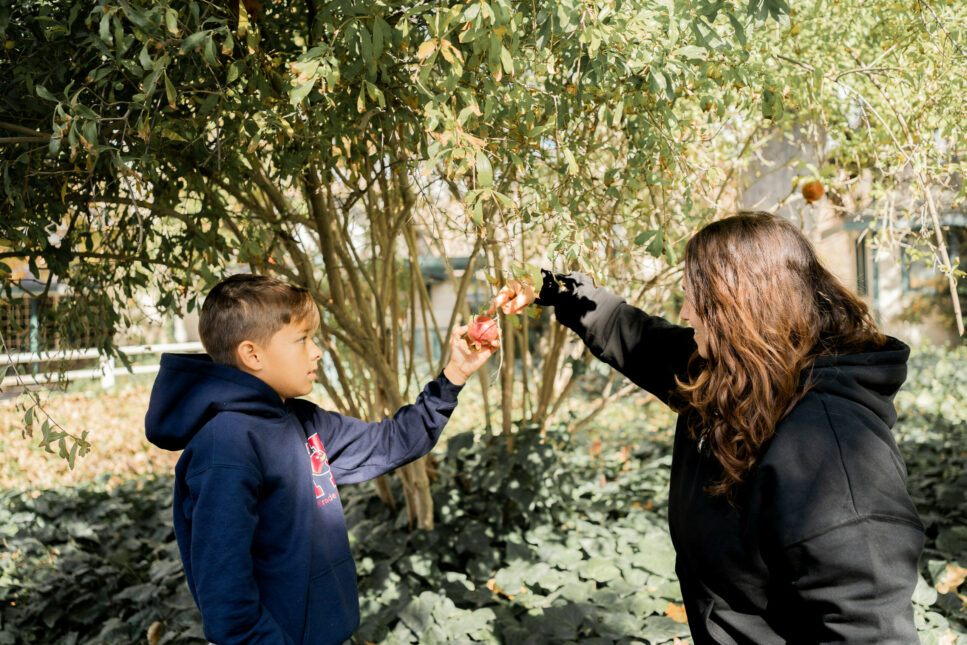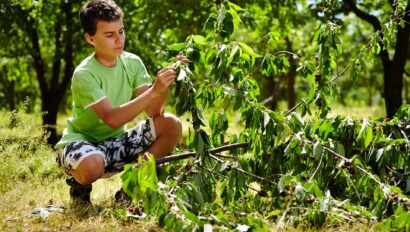
Outdoor science projects provide an exciting way to encourage curiosity, critical thinking, and creativity while reinforcing essential scientific concepts. These science activities will inspire students to explore, experiment, and discover.
Why Outdoor Science Activities Matter
Experiential learning allows students to see science in action, making complex concepts easier to grasp. Outdoor environments offer dynamic, real-world applications of scientific principles, from physics and chemistry to biology and environmental science. By incorporating outdoor science projects into lessons, educators can promote teamwork, problem-solving, and a deeper appreciation for the natural world.
Engaging Outdoor Science Projects for Students
1. Water Cycle in Action
Understanding the water cycle is more impactful when students can observe it firsthand. Have students create mini water cycle models using clear plastic containers, water, and sunlight to demonstrate evaporation, condensation, and precipitation. For a field study, students can observe how water collects and moves in nature, identifying runoff, groundwater absorption, and plant transpiration.
2. Nature Scavenger Hunt for Scientific Inquiry
Going for a walk in nature can double as a scientific exploration. Provide students with a list of natural elements to find, such as different types of leaves, rocks, or insects. Ask them to classify their findings, hypothesize why certain plants or animals are found in specific areas, and discuss their observations. This project strengthens classification skills and enhances students’ ability to observe and analyze their surroundings.
3. DIY Sundials and Shadow Tracking
Teach students about Earth’s rotation and the movement of the sun by having them construct sundials using sticks and rocks. Students can then track shadows throughout the day, and note how the sun changes positions. This hands-on activity reinforces concepts of time measurement, planetary motion, and astronomy.
4. Soil Testing and Ecosystem Exploration
Help students investigate soil composition by collecting samples from different areas and analyzing their texture, color, and moisture content. Using simple pH testing kits, they can determine soil acidity and discuss how it impacts plant growth. This project fosters a deeper understanding of ecosystems, geology, and agriculture.
5. Build a Mini Ecosystem in a Bottle
Demonstrate how ecosystems function by creating self-sustaining ecosystems in clear bottles or jars. Students can layer soil, plants, and small organisms like insects or pond water creatures to observe interactions between living and non-living elements. Over time, students can monitor changes, learning about food chains, decomposition, and environmental balance.
The Benefits of Outdoor Science Projects
- Encourages Active Learning: Students retain more information when they engage with concepts physically and visually.
- Fosters Curiosity and Creativity: Exploring the outdoors sparks new questions and innovative problem-solving.
- Strengthens Teamwork and Collaboration: Many outdoor projects require students to work together, improving communication skills.
- Connects Students with Nature: Hands-on experiences cultivate an appreciation for environmental science and conservation.
Conclusion
Outdoor science projects transform learning into an adventure. By engaging in experiments that utilize the natural world, students develop scientific skills while fostering a lifelong love for exploration and discovery. Whether tracking the sun, testing soil, or observing the water cycle, these projects make science fun, memorable, and deeply impactful.
Ready to incorporate outdoor science projects into your curriculum? Contact Wonder Valley in California today to discover how our outdoor education programs can provide engaging, interactive science experiences for your students!



